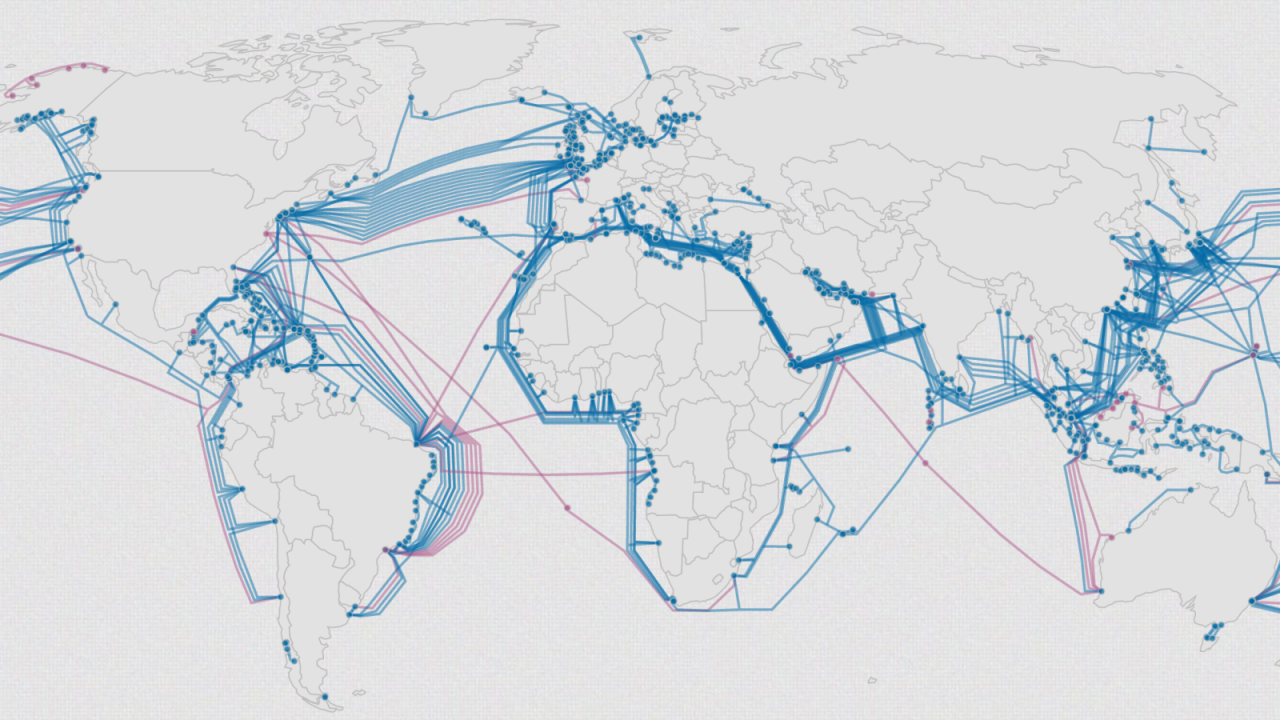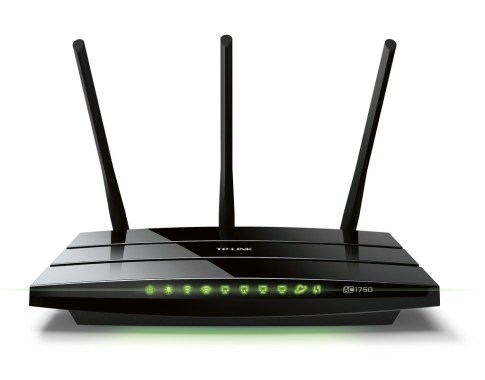Maximizing Global Cable & Fiber Success: Upgrading to FTTH & DOCSIS
In the rapidly evolving world of telecommunications, two technologies have emerged as key players in the race for superior broadband connectivity: Fiber to the Home (FTTH) and Data Over Cable Service Interface Specification (DOCSIS). Both technologies offer unique advantages and are instrumental in shaping the future of global cable and fiber networks. This article will delve into the intricacies of these technologies, their implementation, and how they can be leveraged to maximize global cable and fiber success.
Understanding FTTH and DOCSIS
FTTH, or Fiber to the Home, is a network architecture that involves the installation and use of optical fiber from a central point directly to individual buildings such as residences, apartments, and businesses to provide high-speed internet access. This technology dramatically increases the connection speeds available to computer users compared to other technologies. FTTH promises connection speeds of up to 100 megabits per second (Mbps), which are 20 to 100 times as fast as a typical cable modem or DSL connection.
On the other hand, DOCSIS, or Data Over Cable Service Interface Specification, is an international telecommunications standard that allows the addition of high-bandwidth data transfer to an existing cable television system. DOCSIS 3.1, the latest version of this technology, supports capacities of up to 10 Gbit/s downstream and 2 Gbit/s upstream.
The Business Case for FTTH and DOCSIS
The business case for FTTH and DOCSIS is strong, with both technologies offering significant benefits.
FTTH, for instance, provides increased network performance, specifically higher speeds over a long distance, which older methods of using coaxial cables, twisted pair conductors, and DSL cannot reach. This makes FTTH one of the best technologies to handle consumer network demands in the coming decades. Some of the main advantages of FTTH include:
- It is a passive network, meaning it requires minimal active electronic equipment, which can reduce maintenance costs and increase reliability.
- It offers wide bandwidth, which is in line with the large-scale application mode of operators.
- It supports a variety of protocols due to its wide bandwidth, making it more flexible.
- With the development of technology, FTTH features relatively perfect functions.
- The cost of FTTH is greatly reduced with the advancement of technology, making it as practical as DSL and HFC networks.
DOCSIS, on the other hand, enables state-of-the-art speeds to be delivered over hybrid fiber-coaxial (HFC) networks without expensive changes to the HFC network infrastructure. This makes DOCSIS a game-changer for cable operators, maximizing both the upstream and downstream throughput in the network. Some of the main advantages of DOCSIS include:
- It allows for the bonding of larger groups of spectrum together to provide a true 1 GB class of service and beyond.
- It enhances spectral efficiency, allowing for more data to be transmitted over the same amount of spectrum.
- It extends the life of the HFC network and physical architecture, thereby extending the life of all the assets of the network.
- It allows for a more graceful migration to fiber deep, higher bandwidth capacities, system upgrades, service migration, and virtualization.
Both FTTH and DOCSIS offer unique advantages that make them valuable for different applications. While FTTH provides superior speed and reliability, DOCSIS offers flexibility and cost-effectiveness. Therefore, the choice between the two will depend on the specific needs and resources of the user.
Real-Life Examples of FTTH & DOCSIS Implementation
The world of connectivity has seen a significant shift with the implementation of Fiber to the Home (FTTH) and Data Over Cable Service Interface Specification (DOCSIS) technologies. Numerous businesses and nations have embraced these innovations, increasing the value and appeal of fiber networks.
In 2021, a total of 94 deals were made for fiber assets, with approximately 80 percent of these being for FTTH networks. These deals amounted to a staggering $33 billion, underscoring the growing demand and value of fiber networks.
On the DOCSIS front, cable operators such as Comcast and Charter have announced plans to upgrade their networks to DOCSIS 4.0. This move is aimed at enhancing their competitive edge against fiber networks.
Strategies for FTTH and DOCSIS Success
To ensure the success of global cable and fiber, it’s crucial to implement effective strategies for FTTH and DOCSIS deployment.
For FTTH, one strategy is to maximize the value of the infrastructure by looking beyond household connections. There are opportunities in fiber-to-the-office or fiber-to-the-business, metro fiber networks, backhaul for mobile, and edge computing.
For DOCSIS, one strategy is to leverage the technology to deliver higher speeds while delaying the more expensive FTTH transition. This could make sense for operators facing bandwidth competition with limited capital.
FTTH: A Game-Changer in Connectivity
FTTH, or Fiber to the Home, is a broadband network architecture that uses optical fiber to deliver high-speed internet, television, and telephone services directly to residential homes and businesses. Unlike traditional copper or coaxial cables, fiber optic cables transmit data through pulses of light, resulting in significantly faster and more reliable connections.
FTTH provides the necessary bandwidth to support the increasing number of smart home devices, enabling users to embrace the convenience and efficiency of a fully connected home. With its incredible capacity and scalability, FTTH offers a long-term solution that can keep up with the ever-increasing demand for high-speed internet services.
DOCSIS: A Flexible Migration Path for Cable Operators
DOCSIS 3.1 technology provides a flexible migration path for current Hybrid Fiber-Coaxial (HFC) deployments since it is backward compatible with legacy DOCSIS devices. This technology is living up to its promise to deliver best-in-market speeds to the broadest population of consumers.
DOCSIS 3.1 technology also reduces network latency, dramatically improving responsiveness for sophisticated applications such as gaming and rich web experiences.
Conclusion
In conclusion, both FTTH and DOCSIS are instrumental in shaping the future of global cable and fiber networks. By understanding these technologies and implementing effective strategies, companies can maximize their success in the global cable and fiber market. As the telecommunications landscape continues to evolve, FTTH and DOCSIS will undoubtedly play a crucial role in delivering high-speed, reliable internet access to consumers worldwide.




